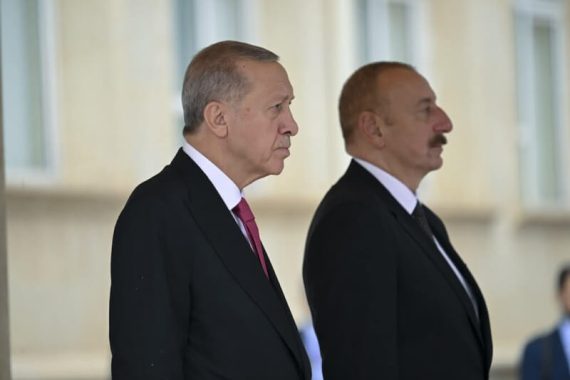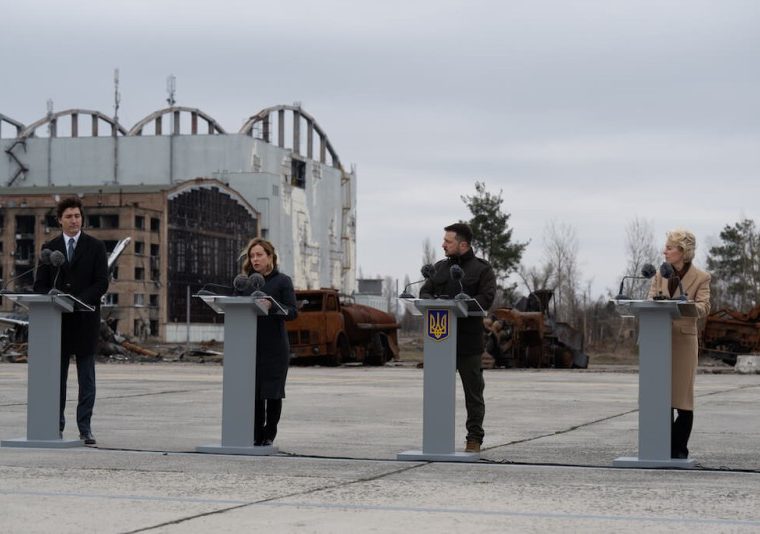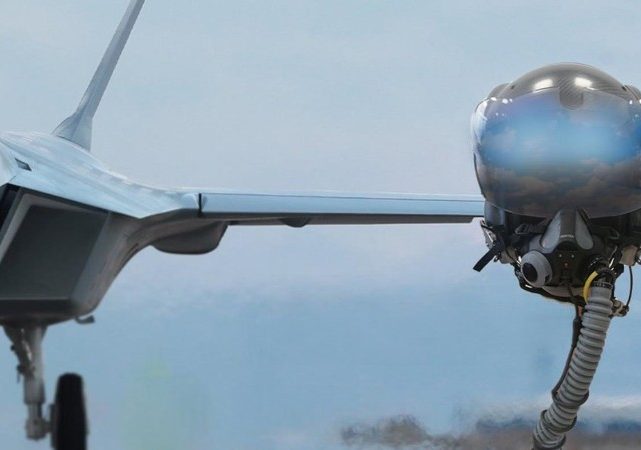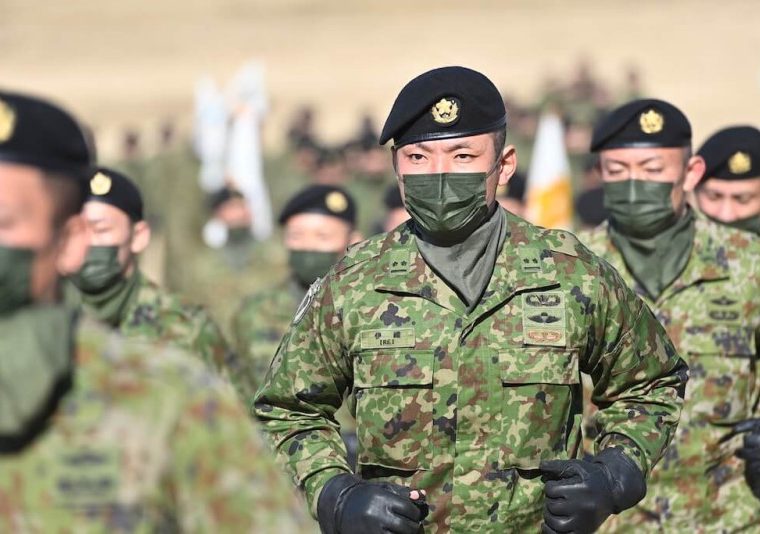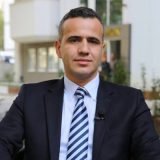T
hree years and four days ago, the Second Nagorno-Karabakh War began with Azerbaijan’s counterattack in response to Armenian aggression. The war ended 44 days later, on November 9, with the Trilateral Declaration of Azerbaijan, Armenia, and Russia. This agreement not only ended the war between the two countries, but Azerbaijan liberated 10,000 sq km of its occupied territory that covered an area of 13,000 sq km in total; it did not, however establish state authority in the remaining 3,000 sq km of Khankendi, Khojaly, Khojavend, and Agdere.
Azerbaijan seeks solution, Armenia stalls
In Karabakh, the so-called Artsakh Republic, a government created by Armenians in 1991 and not even recognized by Armenia itself, was established and a continuous link with Armenia was maintained through the occupied territories. According to Article 4 of the Trilateral Declaration, Armenia was to withdraw its armed forces from the region, while Russian peacekeepers were to be stationed there. In addition, according to Article 9 of the declaration, the so-called Zangezur corridor was to be established to ensure uninterrupted safe transport between the Nakhchivan Autonomous Republic and Azerbaijani territories.
Although Armenia and Azerbaijan were negotiating a lasting peace, and Pashinyan occasionally reaffirmed his recognition of Azerbaijan’s territorial integrity, no peace treaty had been signed. In addition, Armenia had taken no steps regarding its military assistance and presence in the four regions or the Nagorno-Karabakh corridor.
During the second track diplomacy meetings with civil society organizations and third parties on both sides, utopian ideas such as “delaying the process as long as possible, reoccupying Karabakh when the conditions are ripe, and ensuring an uninterrupted territorial connection with Armenia” were sometimes expressed. At worst, Armenia sought a different status (autonomy or greater privileges under international supervision) for the Armenians living in Karabakh.
Process completed in Karabakh
Azerbaijan’s inability to establish its authority fully in Khankendi, Khojaly, Khojavend, and Agdere was not the only problem after the Second Nagorno-Karabakh War. Attacks and sabotage by Armenia and Armenian-backed armed groups against Azerbaijani military posts and construction activities in the liberated areas posed a significant problem.
In fact, after the Second Nagorno-Karabakh War, more than 300 Azerbaijani civilians and security personnel were killed by mines and sabotage. This situation posed significant risks not only for the reconstruction of the region, but also for the return of forcibly displaced Azerbaijanis. It, therefore, became untenable.
Finally, following recent attacks on civilians and police officers, Azerbaijan launched a counterterrorism operation on September 19. The operation was highly professional in its planning and execution. In less than 24 hours, the Armenian armed groups announced their surrender. As a result of the negotiations following the operation, the Armenian armed groups agreed to lay down their arms and to dissolve the so-called state. In this manner, it was confirmed once again that the status quo imposed on Karabakh for the last 30 years has come to an end and the curtain has closed.
Khankendi clan’s hand weakens
At this point, it would be an oversimplification to characterize the Armenian armed groups or the hardliners in Karabakh simply as separatist armed groups or terrorists. There are many reasons for this, but I will mention just three. First, these groups were very influential in Armenian politics and worked closely with the hardline diaspora, in a sense holding the fate of the Armenian people hostage.
Second, these groups, reportedly numbering between 10,000 and 12,000, had armored vehicles, tanks, and even air defense systems that almost no terrorist organization has in its inventory. In addition, combat-ready individuals were recruited and deployed from various countries, including the PKK/YPG and, most importantly, officers from the Armenian army.
Third, these groups received all kinds of military support from Armenia through the Lachin corridor. In fact, as part of Azerbaijan’s measures against mines and sabotage, mines produced after the Second Nagorno-Karabakh War have been detected in the region.
Therefore, with its recent anti-terrorist operation, Azerbaijan has not only consolidated state authority in these regions, but has also dealt a significant blow to the influence of the Khankendi clan, which is the “sword of Damocles” in Armenian politics and that had a significant influence over Armenia’s policies on Karabakh.
Opportunity to end the vendetta
Since the beginning of the Second Nagorno-Karabakh War, the Azerbaijani state has repeatedly declared that Karabakh Armenians are citizens of Azerbaijan and have the same rights and duties as other Azerbaijanis on the basis of citizenship. Nevertheless, after the surrender of the so-called administration in Karabakh following the military operation, tens of thousands of people of Armenian origin were seen leaving Karabakh for Armenia.
Utilizing the convoys formed by these civilians, the Armenian lobby, especially those living in the U.S., France, and Russia, as well as those who are categorically anti-Turkish and anti-Azerbaijani, (it would be more accurate to say Turkophobic), have launched a new campaign: they are lamenting and shouting slogans with tears in their eyes, and collecting signatures about a “genocide” that is being committed again, referring to 1915.
Those who are trying to manipulate this humanitarian tragedy did not see any evil when nearly one million Azerbaijani Turks were forcibly displaced in 1988-1994, nor when hundreds of people, including women, children, and elderly, were massacred in Khojaly in 1992. Nor did they raise a peep of protest when Armenia shelled Azerbaijani civilian settlements during the Second Nagorno-Karabakh War.
Recommended
The initial reaction of the Armenians in the region, who were alarmed when the so-called Artsakh administration capitulated and announced that it would disband, is understandable. For decades, they had been convinced that the occupation of Karabakh would last forever and had been indoctrinated with an ideology of hatred against Azerbaijan.
However, no one massacred them, no one told them to leave the lands where authority had been established, and no one gave them a deadline and told them that they would be forcibly expelled. On the contrary, new channels of communication were opened for the Armenians of the region and their process of reintegration into Azerbaijan began the same week.
As the reintegration process of the Armenians who stayed despite the separatists’ instructions progresses, it is likely that a significant number of those who left for Armenia will return and live their lives with the rights and responsibilities granted by Azerbaijani law. Indeed, in its meetings with U.S. officials and the UN, Azerbaijan stated that the process can be monitored on the ground —an important sign of its confidence in this regard. The healthy progress of the reintegration of Azerbaijani Armenians into the country is an important opportunity to put an end to the seeds of hatred and vengeful politics that are being sown in the region.
The last point that needs to be mentioned is that we need to eliminate altogether concepts such as the “Karabakh problem” or the “status of Karabakh.” The Karabakh conflict largely ended with the Second Nagorno-Karabakh War, and with the anti-terrorist operation carried out by Azerbaijan on September 19, the final chapter has been written.
From now on, the focus should be on the reconstruction of the region, the return of displaced Azerbaijanis to their lands, the reintegration of Azerbaijani Armenians into Azerbaijan, the accountability of those who committed war crimes in the past under international and Azerbaijani law, and the creation of a peaceful and prosperous stable space in the South Caucasus as a whole.
